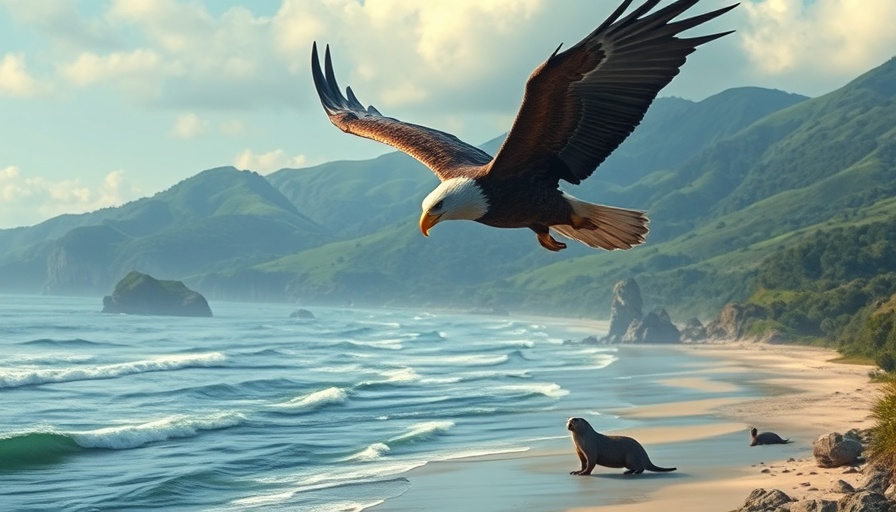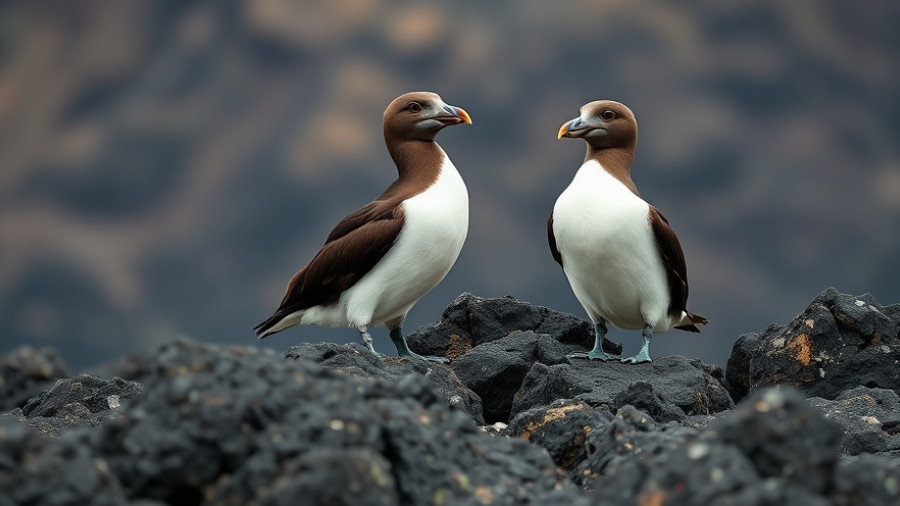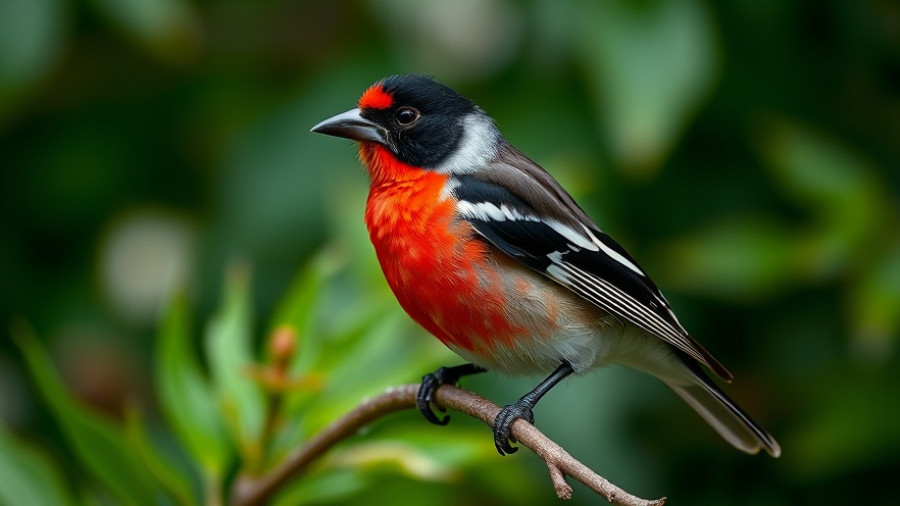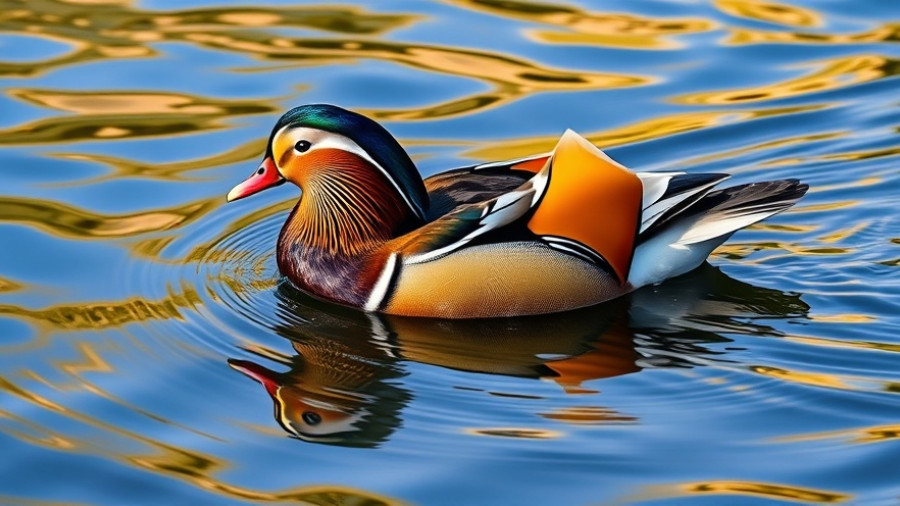
Discovering Cuba's Gigantohierax: The Lost Giants of the Skies
The island of Cuba, known for its vibrant ecosystems and unique wildlife, once echoed with the majestic calls of giant eagles. Among them were the astonishing Gigantohierax, a genus of extinct raptors that captivate the imagination of paleontologists and bird enthusiasts alike. Their fossils, unearthed in local cave deposits and tar seeps, tell a fascinating story of an avian titan that roamed the skies thousands of years ago.
Historical Significance of the Gigantohierax
Imagine a time when the landscape of Cuba was home to colossal creatures. Among them, Gigantohierax suarezi reigned supreme. Weighing an estimated 30 pounds, this species was the largest raptor to inhabit the Americas—significantly outweighing a modern Red-tailed Hawk by ten times. Such immense birds would have been a sight to behold, gliding over ancient woodlands and hunting alongside other formidable predators of the time.
The Ecosystem They Dominated
The extinction of these giant eagles is linked to a broader ecological narrative. When humans first arrived on Cuba, they shared the land with impressive fauna—sloths the size of modern bears and enormous owls. This diverse environment was rich in resources but eventually faced drastic changes leading to the extinction of many species, including the Gigantohierax.
Future Insights and Research Endeavors
While much remains unknown about the lifestyle and appearance of Gigantohierax, ongoing research is expected to shed more light on these fascinating birds. Scientists hope to reconstruct their ecological niche and understand how they fit into the complex web of life that existed in ancient Cuba. Every fossil discovered brings us closer to understanding not just these mighty raptors, but the multi-faceted stories of past ecosystems that shaped our natural world.
As we explore the legacy of Cuba’s giant eagles, we are reminded of the fragile balance within ecosystems and the enduring impact of extinction on biodiversity. The story of Gigantohierax serves as a poignant reflection of the past, urging us to appreciate and protect the avian treasures we have today.
 Add Row
Add Row  Add
Add 




Write A Comment